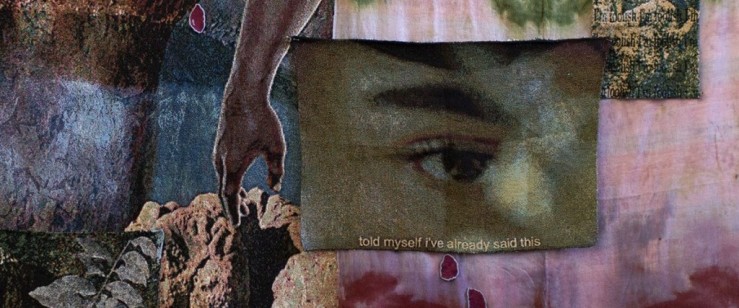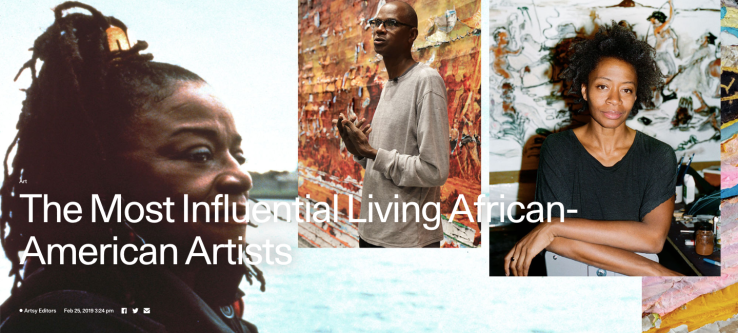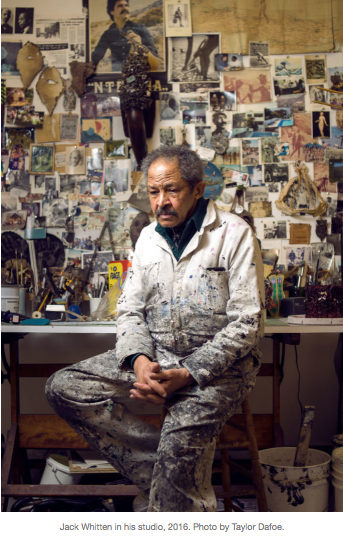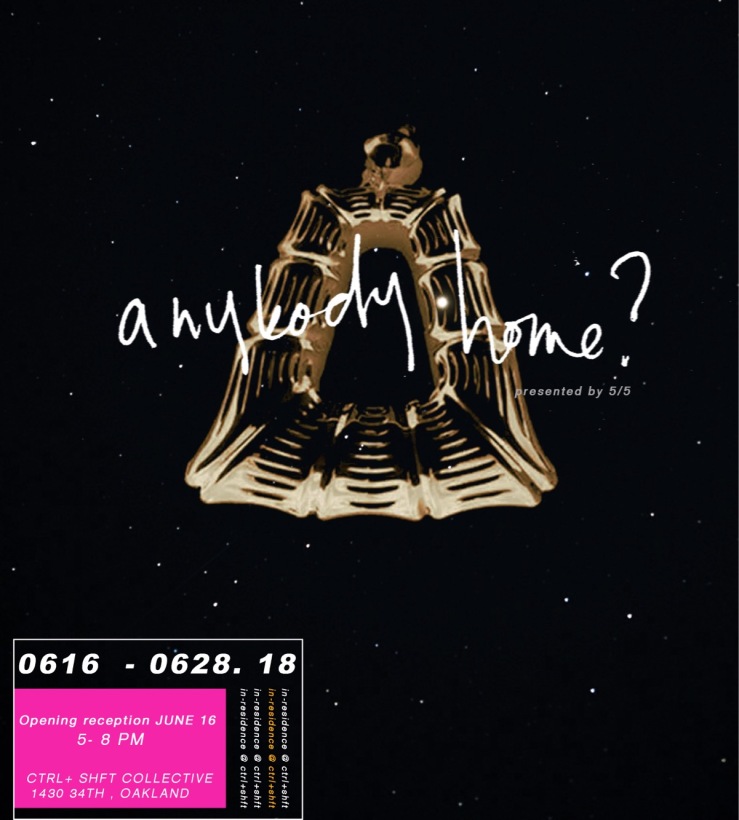Friends and fellow California College of the Arts alums artist Richard-Jonathan Nelson and curator Maddie Klett discuss Richard’s current practice + work in Art Practical’s New Takes.

New Takes is a column written by emerging writers on emerging artists as part of the Art Practical Residency. One resident is nominated from a pool of recent graduates from California College of the Arts, who holds the position for one year. Our current New Takes contributor and Art Practical resident is Maddie Klett.
Oakland-based artist Richard-Jonathan Nelson makes digital and fabric works that visualize speculative futures and his presence within them. Collaging images of plants from the herbal, hoodoo traditions of the Deep South set against noxious, neon colors, Nelson creates visions of the future that toe-the-line between emancipating and dire. This conversation took place before the COVID-19 pandemic, and has been edited and shortened for clarity. Still, viewed now through the lens of a crisis that seems to color everything, Nelson’s thoughts on survival in today’s world and in the alternate worlds he creates reveal how survival and crises are not, for many, born out of this pandemic.







